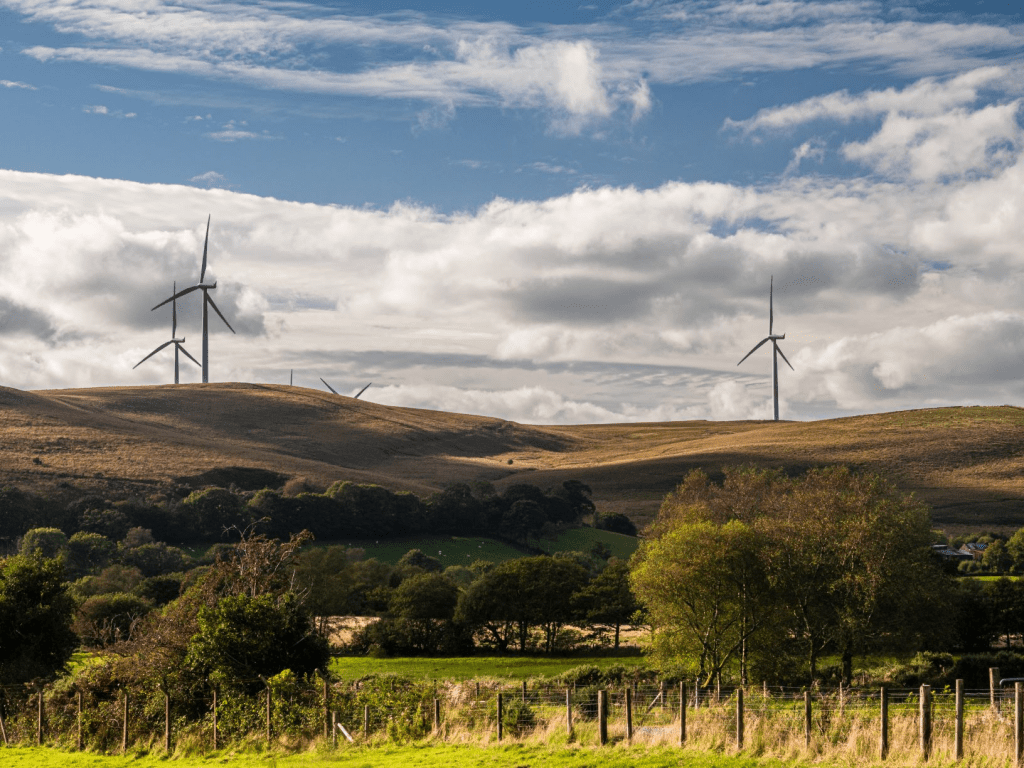Neath Port Talbot Council has published its new Decarbonisation and Renewable Energy (DARE) strategy outlining what the council has done so far to tackle climate change while unveiling a series of ambitious alternative fuel projects.
The aim of the new strategy (branded Project DARE) is to make Neath Port Talbot a dynamic centre for fuels of the future capitalising on its industrial and natural assets and central position in the heart of South Wales.
Neath Port Talbot Council’s Cabinet, which met (online) on Thursday, May 21st, approved the strategy – which was revised taking in comments from an earlier public consultation process.
Publication of the council’s DARE strategy is critical given the need to respond positively to climate change and the economic challenges of the coronavirus pandemic.
Behaviour has already changed in many organisations including agile/home working which has resulted in reduced traffic levels and a positive impact on air quality. This will be further encouraged under this strategy to secure continued improvements.
The strategy document reveals the council is continuing to work with low carbon fuel experts Lanzatech on exciting plans for a pilot project in the Port Talbot Steel Works plant which could generate 30m gallons of biofuel annually for the aviation industry from waste gases.
Also, the Cefn Coed Colliery Museum could become a demonstrator site for the use of heat recovery from historic mine workings – a system which could be used to heat thousands of homes at low cost across the county borough.
Already, the council has a central role in a multi-million pound project to create next generation low carbon energy systems – with Neath Port Talbot being the base for the only demonstration area in Wales for FLEXIS, the £24.5m research operation aimed at developing an energy research capability in Wales.
The DARE strategy will see the council continuing to integrate alternative fuelled vehicles into its fleet in increasing numbers in the coming years including electric, hydrogen, bio-fuel and electric/hydrogen hybrids.
Neath Port Talbot Council is already taking the lead on promoting and delivering the ‘Homes as Power Stations’ project as part of the wider Swansea Bay City Deal. A pathfinder scheme has been completed at a site in Neath, where 16 low carbon, energy efficient homes have now been built.
Also as part of the City Deal, the council has programmed the building of a 2,500 square metre ‘energy positive’ Swansea Bay Technology Centre (close to the existing Baglan Bay Innovation Centre) at Baglan Energy Park. The centre will provide high quality, flexible space to support start-up companies with a focus on the innovation R&D sectors.
Neath Port Talbot will also play a major role in developing an electric vehicle (EV) charging network in Swansea Bay – one of the core projects emerging from the Swansea Bay City Deal. The council is also looking into a possible EV fuelling park/hydrogen fuelling station in Neath Port Talbot.
Projects already under way include a 30kw hydro-electric scheme which has been installed at Margam Country Park, a solar power generating roof which has been put in place at Gnoll Country Park and multiple active travel routes in operation across Neath Port Talbot (with more to follow), encouraging people to walk and cycle instead of using vehicles.
And the ‘Lost Peatlands’ project, under way in the Upper Afan Valley, will restore 540 hectares of historic landscape and habitat, including
peat bogs and pools, heathland, grassland and native woodland. As a blanket bog this is rare across the world and its restoration will be of international importance.
In terms of what has already been done to tackle climate change, Neath Port Talbot Council currently tops the list of all 22 Welsh local authorities when it comes to renewable energy generation.
Latest Welsh Government figures show Neath Port Talbot is the council area with the greatest renewable energy generation with an estimated 1092 GWh (Gigawatt hours).This is due to the commissioning of projects like the Llynfi Afan and Mynydd Brombil onshore wind projects and the creation of biomass, solar and other renewable energy schemes.
The figures are contained in the Welsh Government’s Energy Generation in Wales 2018 Report – the latest year for which figures are available for renewable energy generation in Wales.
Cllr Annette Wingrave, Neath Port Talbot Council’s Cabinet Member for Regeneration and Sustainable Development said: “In Neath Port Talbot we are daring to change, daring to believe in a better future, daring to do what’s needed to make a difference. Project DARE is a challenge to the whole area, our communities, our businesses, our politicians, our policy makers and our partners to do what’s right for the environment.”
“Neath Port Talbot will become a beacon for businesses in the cleantech sectors, encouraging them to test their ideas and locate their businesses here. We’re asking them to join us and our partners in our challenge – dare with us.”
Help keep news FREE for our readers
Supporting your local community newspaper/online news outlet is crucial now more than ever. If you believe in independent journalism, then consider making a valuable contribution by making a one-time or monthly donation. We operate in rural areas where providing unbiased news can be challenging. Read More About Supporting The West Wales Chronicle



























